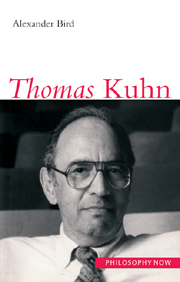3 - Paradigms
Summary
Thought-styles in action
In the period preceding the First World War there were two theories of the aerofoil: the discontinuity theory and the circulation theory. The discontinuity theory favoured by British scientists was based on Lord Rayleigh's calculations of the force on a flat plate at an angle to a stream of fluid. The theory claimed that an aerofoil created an area of turbulence on the upper, trailing edge of the wing that would be at a lower pressure than the smoothly flowing air on the underside of the wing. The circulation theory, prevalent in Germany and Russia, claimed that the air molecules in the region of the aerofoil have a tendency to circulate around the wing. On the upper side this tendency reinforces the flow of the air while on the lower side it impedes it, creating a difference in pressure and hence providing lift.
The circulation theory is the one universally accepted today – while the discontinuity theory is alarmingly close to current accounts not of flying but of stalling. This story of two theories in competition, one of which superseded the other, becomes interesting when we ask why exactly were the British theorists resistant to the circulation theory? For Lord Rayleigh himself had published the formulae on the which the circulation theory is based; in 1878 he showed that a moving tennis ball spinning about a vertical axis will tend to veer to one side, for precisely the reasons that the circulation theory said that the aerofoil created lift.
- Type
- Chapter
- Information
- Thomas Kuhn , pp. 65 - 96Publisher: Acumen PublishingPrint publication year: 2000



